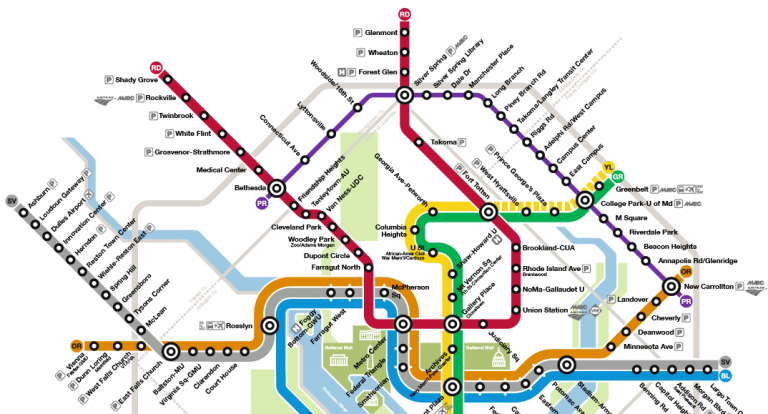Could NJ Transit Remove Seats to Increase Passenger Capacity on Trans-Hudson Trains?
Four years ago, when the Christie Administration cancelled ARC, the project to build two new trans-Hudson tunnels, Yonah Freemark of The Transport Politic suggested that NJ Transit could borrow an idea from Paris’ RER and increase passenger capacity on its existing trains by removing some seats:
Whereas New Jersey Transit carries roughly 275,000 riders a day on its entire rail system, Paris’ RER Line A — one corridor, running through the center of the city using just two tracks — is able to handle a million users daily. It’s a squeeze, and the region is planning to build a relief line, but it still works. How can New Jersey Transit be facing such constraints with so many fewer riders?
The explanation is the agency’s steadfast adherence to the rule that commuter trains are different than rapid transit ones — primarily, that they have to offer each and every one of their riders a comfortable seat. This limits maximum train capacity to about 1,400 passengers when using ten multi-level cars such as the ones pictured above. While this may seem like a lot of people, with only limited tunnel capacity there are only so many trains that can make the trip into Manhattan during peak hours. If the agency were to simply remove a dozen seats or so per car and replace them with standing areas, trains would be capable of carrying up to 2,000 people apiece. There’s a huge bump in capacity, at virtually no cost. The RER A has a relatively even mix of standing and seating areas, and that’s one of the primary reasons it’s able to move so many more people.
Riders would complain if NJ Transit increased capacity by removing seats, but as the condition of the North River Tunnels becomes more critical and the prospect of a partial shutdown looms large, this idea may quickly become more palatable.



